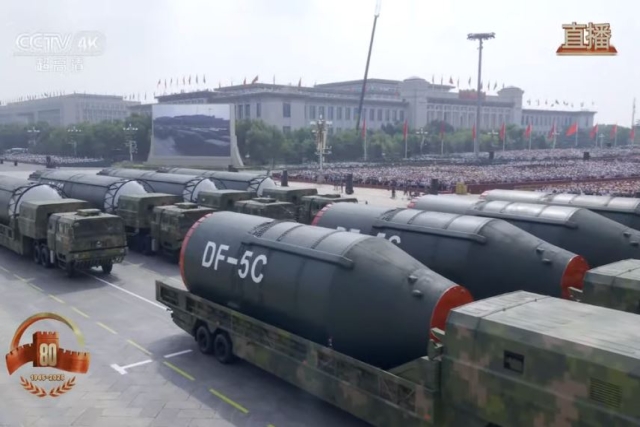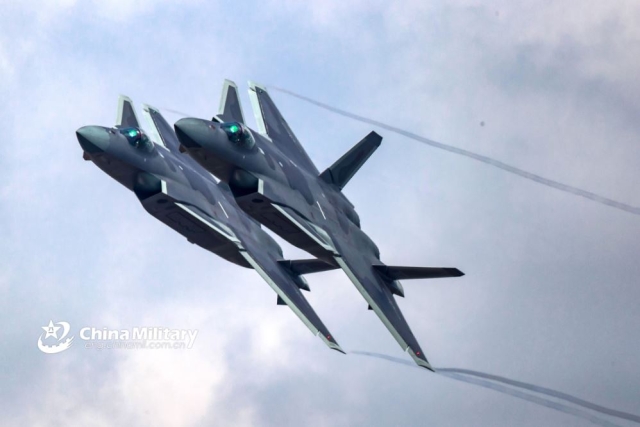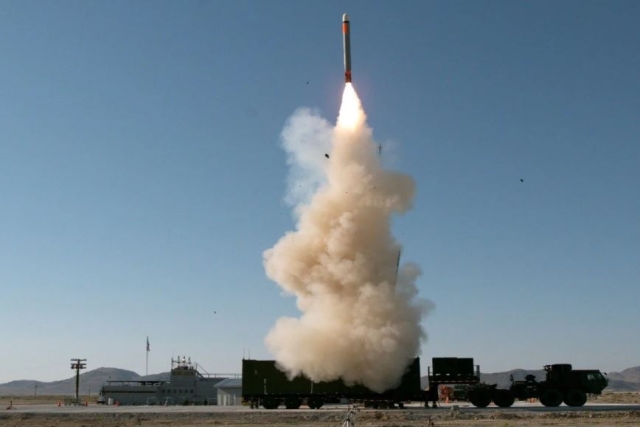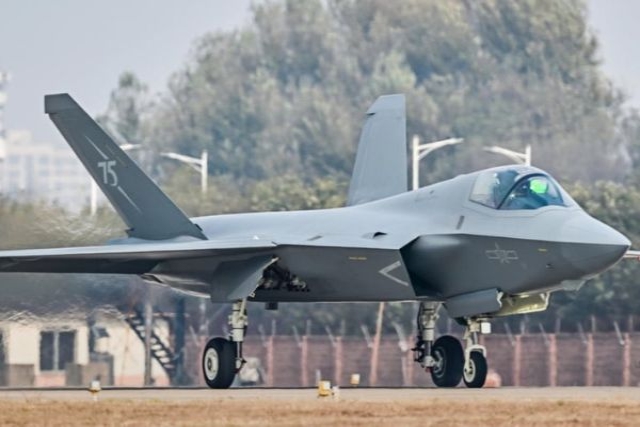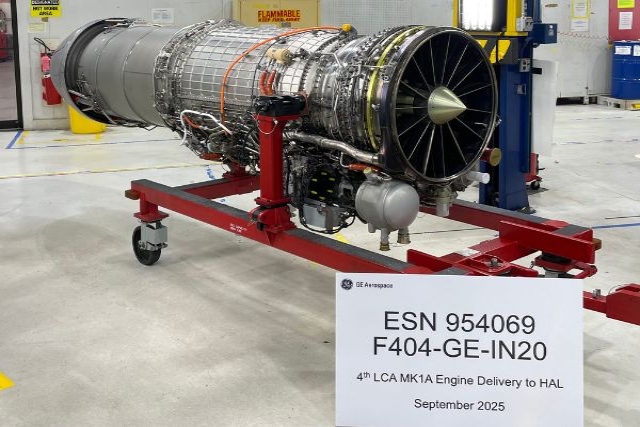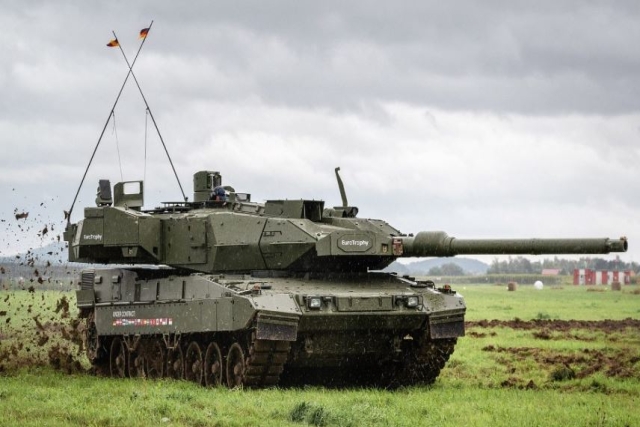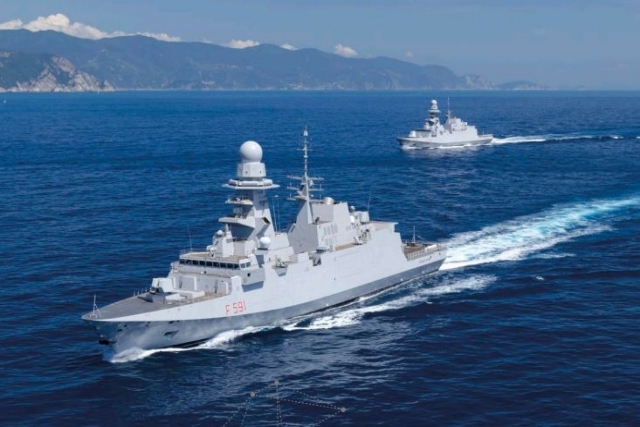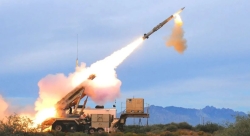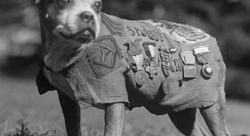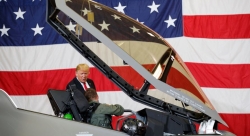Wingman, Air Superiority Drones Debut at China’s V-Day Parade
New unmanned aircraft debut highlights China’s push for manned-unmanned teaming and autonomous air combat
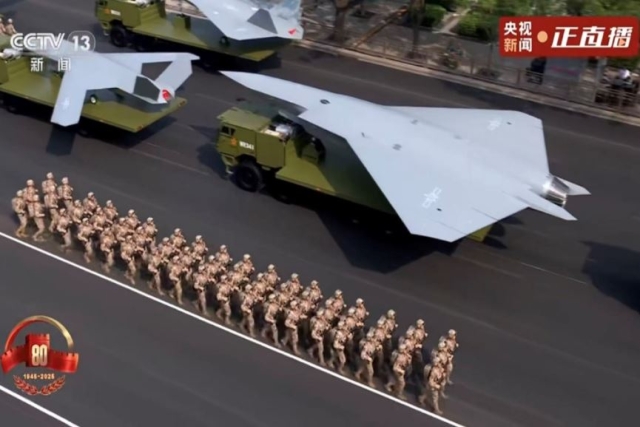
China unveiled multiple new unmanned aerial vehicles (UAVs), including wingman drones, air superiority drones, and shipborne helicopters, during its V-Day military parade on Wednesday.
The parade marks the 80th anniversary of the victory in the Chinese People’s War of Resistance Against Japanese Aggression and the World Anti-Fascist War.
Military experts told state-controlled Global Times that the new systems represent more than new designs, pointing to concepts that could alter future air combat. Wingman drones—also known as loyal wingmen—are designed to fly alongside manned fighters, acting as external sensors, strike platforms, or decoys.
“Wingman drones can serve as external sensors and weapon stations for manned aircraft, working alongside them to carry out combat missions,” said military affairs expert Zhang Xuefeng. He added that they can also perform reconnaissance, electronic jamming, and deception roles.
Some of the drones displayed feature extended subsonic cruising, while others demonstrate high speed and maneuverability, signaling a diverse development approach.
Another first-time appearance was the air superiority drone. Zhang noted that these drones rely less on remote control and more on autonomous decision-making, with high stealth, autonomy, and maneuverability.
“Most of China’s previous drones were focused on ground attack. But in air-to-air combat, drones need a high degree of autonomous capability,” Zhang said.
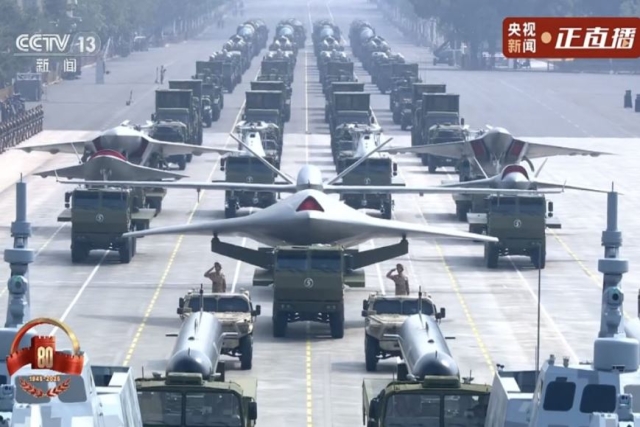
Tailless configuration of some of these new drones enhances stealth but requires advanced flight control. Experts note that this technology could also be adapted to manned aircraft.
China also showcased a shipborne unmanned helicopter designed for reconnaissance, anti-ship, anti-submarine, and transport missions. Such platforms could be deployed in larger numbers on frigates, destroyers, and carriers due to their smaller size and pilot-free design.
The unveiling comes as the U.S., Russia, India, and Australia also advance loyal wingman projects. The U.S. Air Force’s YFQ-42A and YFQ-44A are competing under the Collaborative Combat Aircraft (CCA) program, Australia’s MQ-28 Ghost Bat has surpassed 100 test flights, Russia’s S-70 Okhotnik-B continues integration with the Su-57 fighter jet, India is developing the HAL CATS Warrior, while China’s own FH-97A is tailored to support J-20 fighters.
